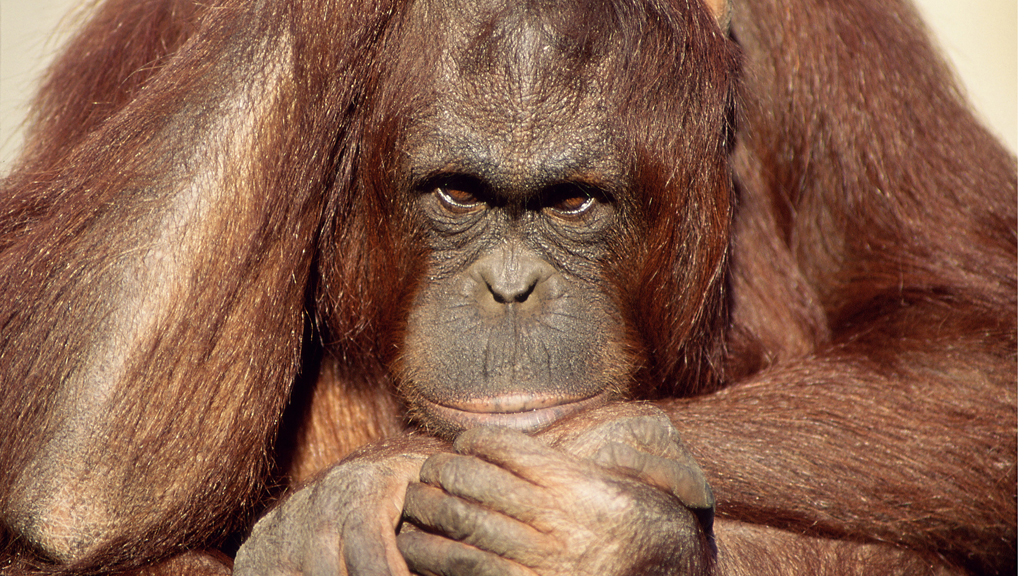Great apes go through ‘midlife crisis’, study finds
They may not suddenly acquire a taste for fast cars and flashy motorbikes when they hit middle age, but some great apes – like humans – go through a midlife crisis, according to a new study.

The midlife crisis cliché is not uniquely human because our primate cousins go through the same emotions.
A team of international researchers has found that dissatisfaction in midlife may have evolved in our common ancestors rather than just from the stresses of modern life.
The well-being of 508 captive great apes from around the world was rated by their keepers, researchers or other volunteers who had worked with them for at least two years and knew their behaviour. The apes’ happiness was scored with a series of measures adapted from human subjective studies.
Researchers found that well-being was high in youth, fell to a low in midlife, and rose again in old age, similar to the “U-shape curve” of happiness in humans.
Economist and co-author of the study Professor Andrew Oswald, from the University of Warwick, said: “We hoped to understand a famous scientific puzzle: why does human happiness follow an approximate U-shape through life?
“We ended up showing that it cannot be because of mortgages, marital break-up, mobile phones, or any of the other paraphernalia of modern life. Apes also have a pronounced midlife low, and they have none of those.”
Biological root
The study on chimpanzees (Pan troglodytes) and orangutans (Pongo spp.) is the first of its kind and is somewhat anthropomorphic, as it relied on humans rating the animals’ behaviour. But the authors suggest that while a midlife crisis does not rule out cultural and environmental factors, it could have a biological root.
The apes may not have wanted sports cars, a second career or a chance to sky-dive but lead author Dr Alexander Weiss of the University of Edinburgh said the primates did experience similar stresses and social pressures to humans – their desires were more appropriate to their social group, such as better access to mates or food.
He said: “Based on all of the other behavioural and developmental similarities between humans, chimpanzees, and orangutans, we predicted that there would be similarities when looking at happiness over the lifespan, too. However, one never knows how these things will turn out, so it’s wonderful when they are consistent with findings from so many other areas.
“We have to look deeper into our evolutionary past and that of the common ancestors that we share with chimpanzees, orangutans and other apes.”
Dip in happiness
Researchers looked at four criteria: their overall mood; how much pleasure they got out of socialising; their success in achieving goals such as obtaining food and objects they desire; and how happy the keeper would be if he or she were that animal for a week.
Men and women have been shown to experience a dip in happiness from their mid-30s to late 50s regardless of their wealth or status. For great apes who live to about age 50 in captivity, their sense of well-being bottoms out in their late 20s to mid-30s before rebounding again in old age.
The study did not follow the apes over time, so some might argue it provides only a snapshot. Professor Frans de Waal, a world-renowned primatologist based at Emory University in Atlanta, said he would have liked to see a “harder measure” of ape happiness such as the levels of stress hormone the apes experience, but he added that if the conclusion is real it could have implications for understanding our own midlife crises.
The results are published in the Proceedings of the National Academy of Sciences.
Asha Tanna is Channel 4 News science reporter, and has a masters in primatology